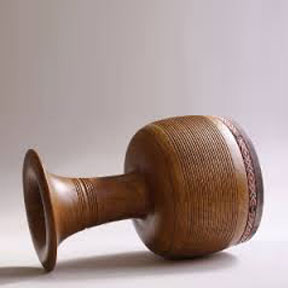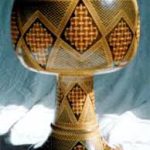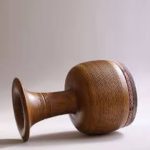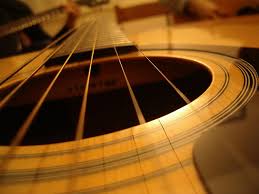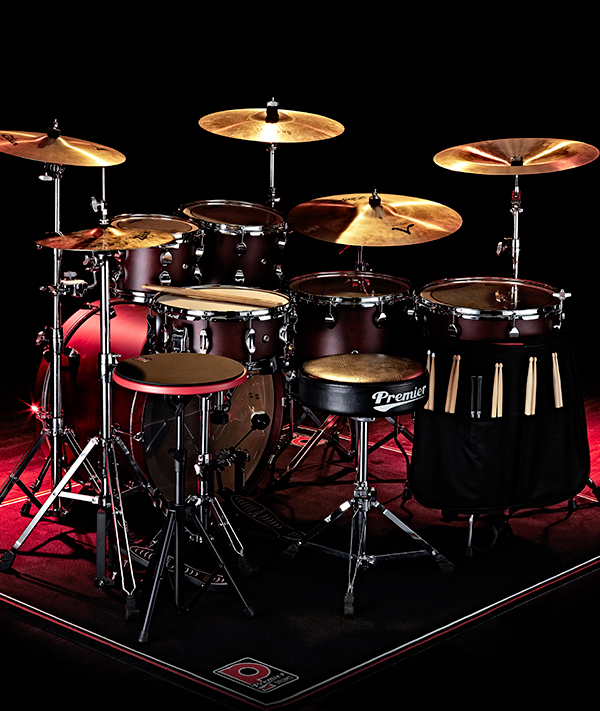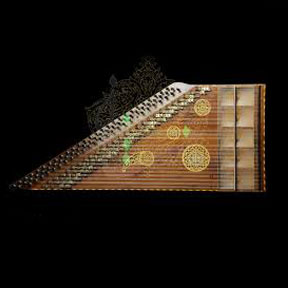History:
The Tombak is a percussion instrument, commonly referred to as a “zarb.” It is traditionally made from a single piece of wood, such as walnut, maple, or mulberry. The body of the instrument is wider at the bottom and narrower at the top. The length of the Tombak from the large end to the small end is usually around 44 cm. When playing, the Tombak is placed horizontally on the left thigh, with the larger end facing outward, and the player strikes the drumhead with both hands. Typically, the Tombak used in orchestras is larger, while solo performances use a smaller version.
There are various types of Tombak, including the larger “Zourkhaneh” version. The notation for Tombak is written in international staff notation, with many specific and conventional symbols for finger and hand use. For detailed information, you can refer to the educational books by Master Hossein Tehrani or Master Mohammad Esmaeili.
The Tombak can produce a range of sounds, including different pitches and ornamental techniques such as trills, grace notes, and glissandos, due to its ability to create various tones and effects.
Physical Structure:
Large Head:
The diameter of the large head where the skin is stretched varies. For orchestral Tombaks, the outer diameter is 32 cm, the inner diameter is 27 cm, and the wall thickness is 2.5 cm. After beveling (thinning) the edge of the wood near the skin, this thickness reduces to 2 mm. For solo performance Tombaks, the outer diameter is 22 cm, and the inner diameter is 18 cm. The large head should be perfectly circular to ensure even sound quality around the edge.
Body:
The body, or the wider part of the Tombak, is approximately 28 cm long in orchestral Tombaks and 18 cm in solo Tombaks. It is somewhat convex and features grooves (ivory) to prevent slipping during play. Skilled players might use their nails or rings to create specific sounds on these grooves, which are made before any decorative work is applied.
Neck:
The neck, or “glo,” is the narrower part of the Tombak between the body and the small end. It is around 26 cm long, with an outer diameter of approximately 18 cm. The neck is cylindrical on the outside and conical (horn-shaped) on the inside, connecting the small end to the body.
Small End:
The small end is where the sound exits from the vibrating skin and has a diameter of 22 cm in orchestral Tombaks and 18 cm in solo Tombaks.
Notation:
Tombak notation is usually on a three-line staff. The central area of the drumhead is marked on the first line, the middle area on the second line, and the edge area on the third line. Sometimes, staves with different numbers of lines are used.
Skin:
For solo performance Tombaks, a thinner skin is chosen due to its smaller size, while orchestral Tombaks use thicker, aged, and processed skin from goats or sheep. The skin is attached to the outer edge of the large end using glue.
Other Features:
Tombaks are made in various sizes, so their dimensions can vary. The most common are smaller solo Tombaks and larger group-performance Tombaks. They are versatile for accompaniment with other instruments, solo performance, and group performance.

